On 1st September the Australian spring officially sprang. While those north of Canberra may think it might as well still be called winter down here, the inhabitants of this capital can see the seasonal signs that temperatures are slowly slowly creeping up.
Before yesterday, before 6.12am yesterday, I could’ve said I’d lived in Canberra for 20 years and had never seen the sun rise over Lake Burley Griffin. Now I can say I have. I rose at 5 to get to the lake for the ephemeral moment of joy at 6.12. It wasn’t the cloudy, fiery sunrise of the previous morning (see Brand New Day), it wasn’t breathtaking like the dawn seen by rowers in winter fog. There were no orange clouds and no pastel mist; it was an absolutely clear sky giving me a brilliant start to the day. Sure, the temperatures were not springy. It was 3 degrees when I left home at 5.45, barely 1 degree down at the lake, then after an hour of sunrise-watching it had warmed up to 4, but back home it was down to 2.
Still, this post is about the signs of changing seasons. If the dawn temperature has improved little since winter, it’s evidently spring when the trees are slowly putting on their new clothes. Some even burst out in flower before leaf. A close look at the branches highlit by the new sun reveals tiny prunus bouquets here and there.
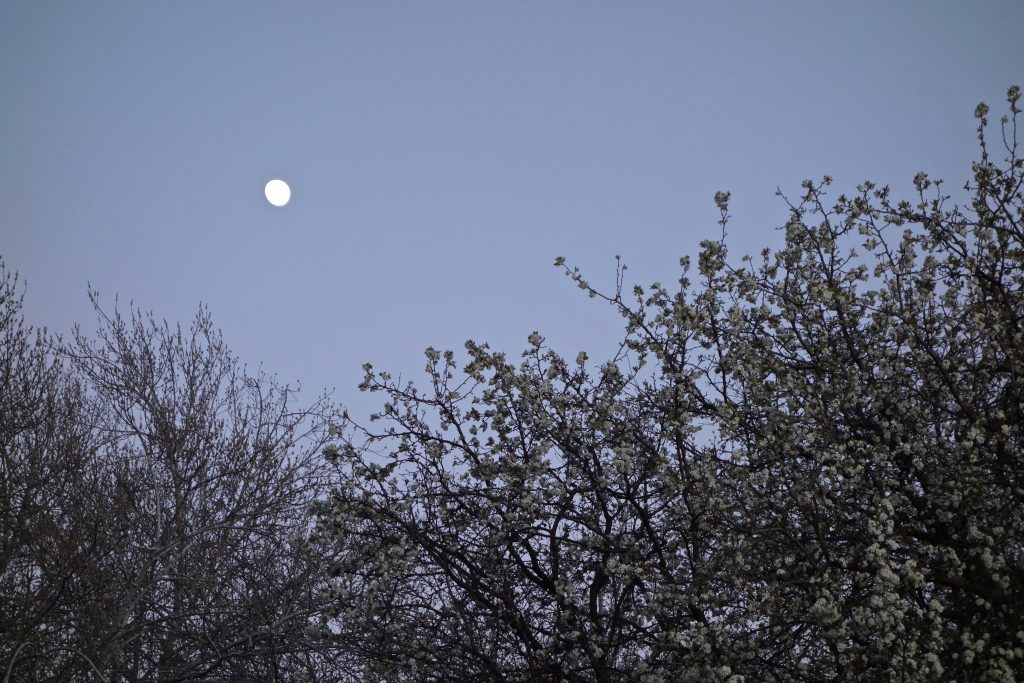
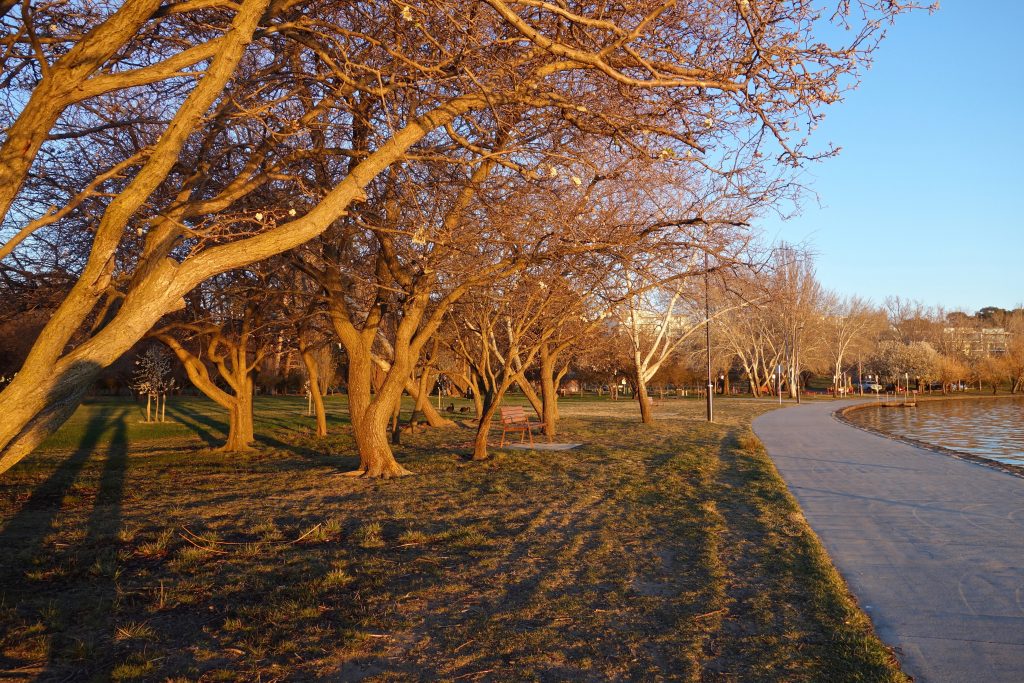
That moment when the ball of fire that is our sun appears in full over the horizon is always a head-turner. It’s hard to believe I didn’t feel the earth move even though it did.
*****
The Changing Seasons photo challenge comes from Cardinal Guzman.
*****
Thank you for reading me here on my new blog. There is now a ‘like’ button in the form of a red heart after my posts. It’s accompanied by a ‘share’ button.
If you’d like to receive a notice about my new posts, add your email address to the subscription box on the right. In the real world I don’t like being followed, but in the blogging world it’s generally a very good thing. So follow me.
*****

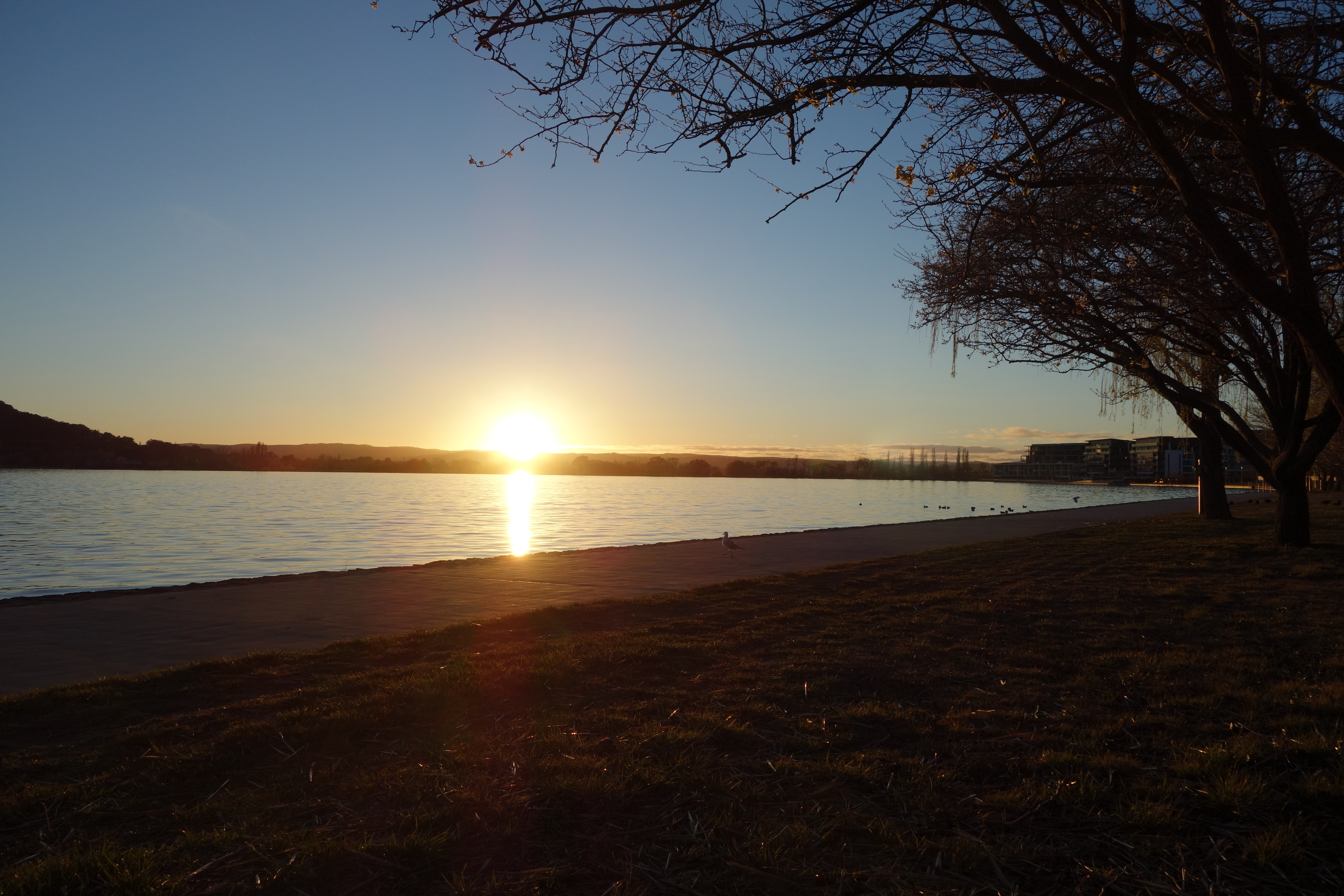
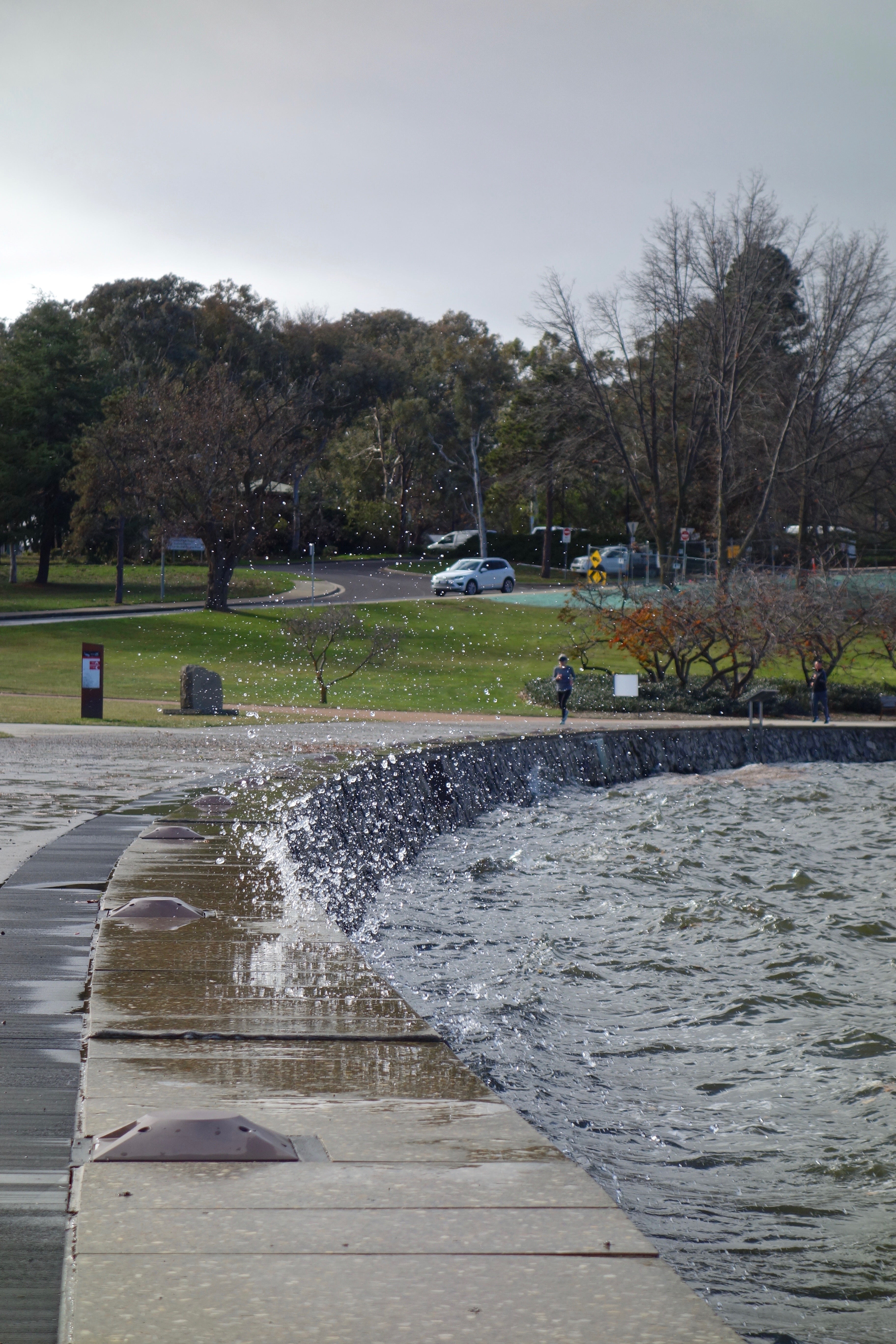

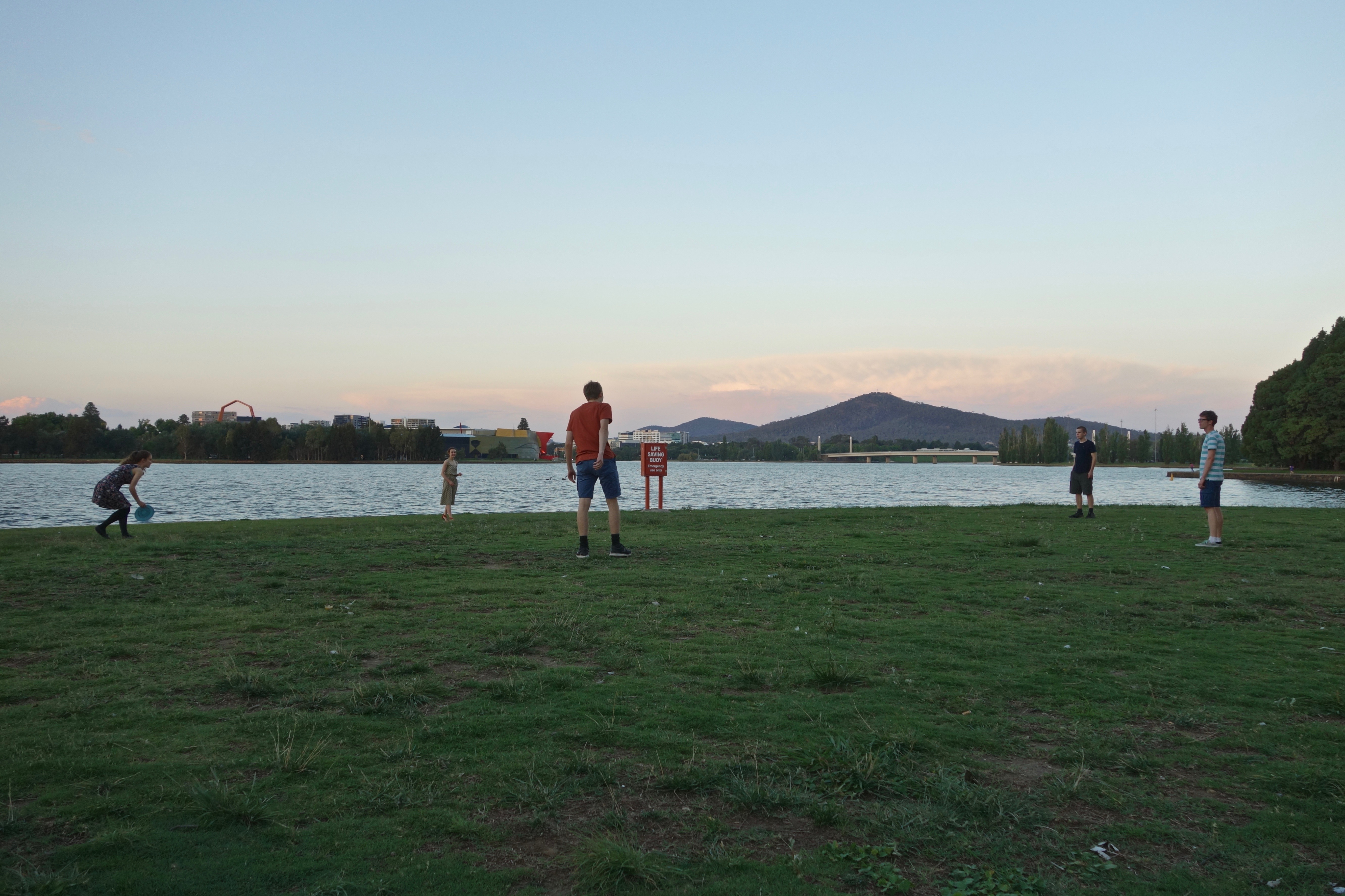











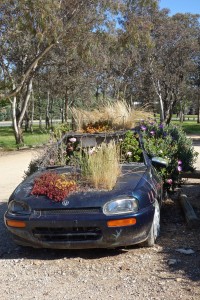
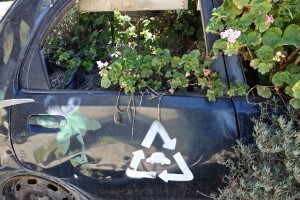
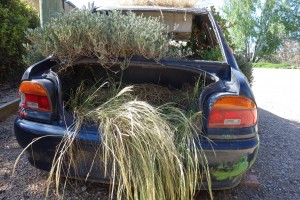
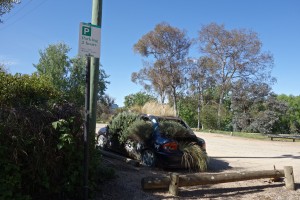


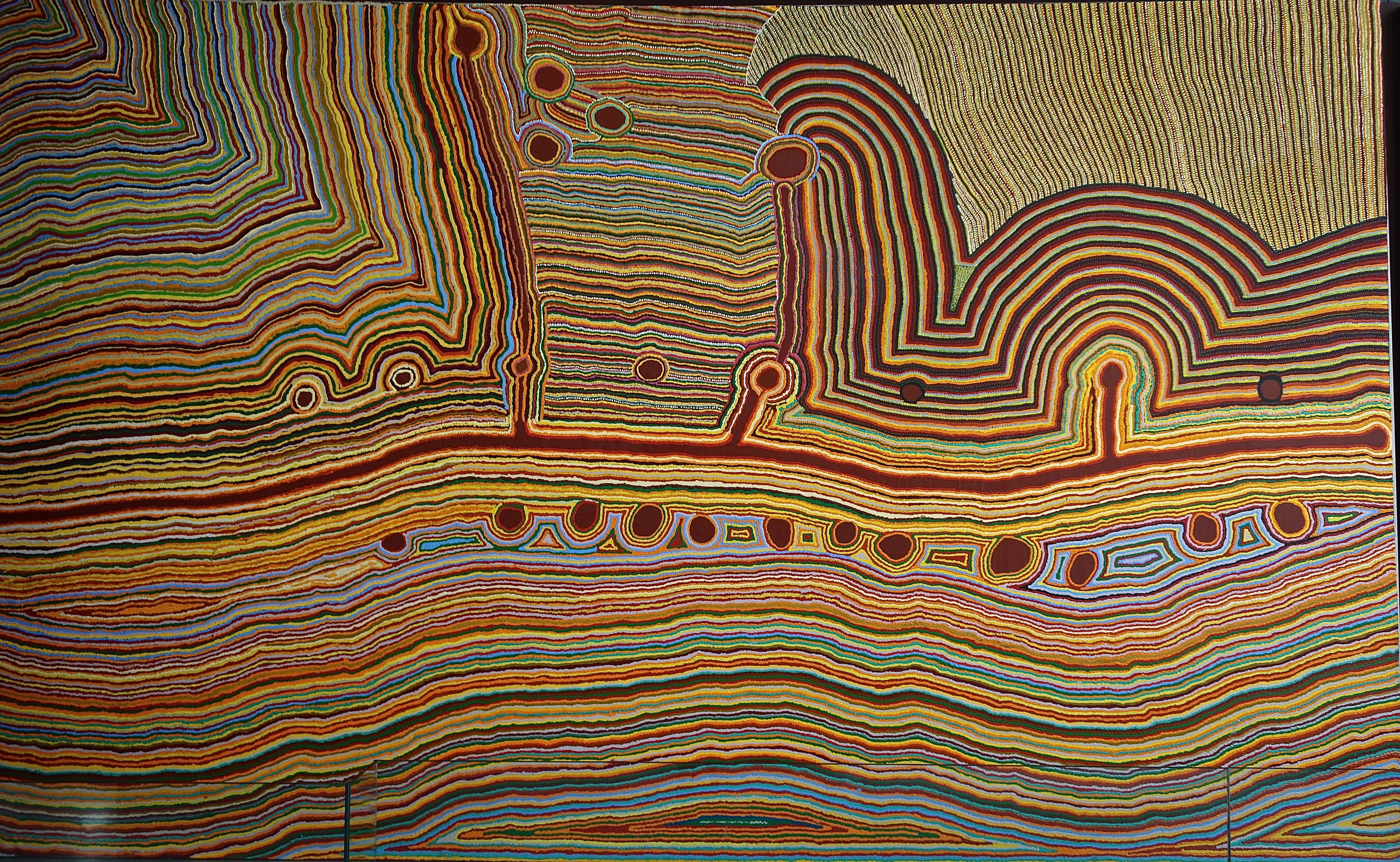
 In the foyer there are great glass windows looking onto the lake, and an artsy window dressing which produces the best shadows.
In the foyer there are great glass windows looking onto the lake, and an artsy window dressing which produces the best shadows.  As I moved up into the galleries, Eternity caught my eye. Arthur Stace famously wrote this single word in beautiful copperplate writing on the footpaths of Sydney between 1932 and 1967.
As I moved up into the galleries, Eternity caught my eye. Arthur Stace famously wrote this single word in beautiful copperplate writing on the footpaths of Sydney between 1932 and 1967.  Stace described an experience in church which prompted him to write Eternity half a million times over 35 years:
Stace described an experience in church which prompted him to write Eternity half a million times over 35 years: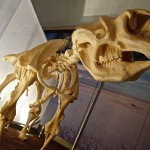
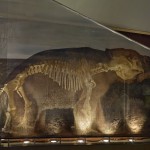
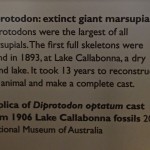
 One of the saddest sights in the museum was this gate, a reminder of times when some children were raised by institutions:
One of the saddest sights in the museum was this gate, a reminder of times when some children were raised by institutions:  There were other objects like leg irons and old pistols that remind us of our darker colonial past: and a convict bi-colour ‘magpie’ uniform, designed to deter convicts from escaping. But imagine the situation if, in 1788 and later, the roles had been reversed, and it wasn’t the English arriving to claim this land for the crown, but the Aboriginals arriving to take the land from the whites. Gordon Syron, an indigenous artist painted that ‘what if’ scene in The Black Bastards are Coming, 2006:
There were other objects like leg irons and old pistols that remind us of our darker colonial past: and a convict bi-colour ‘magpie’ uniform, designed to deter convicts from escaping. But imagine the situation if, in 1788 and later, the roles had been reversed, and it wasn’t the English arriving to claim this land for the crown, but the Aboriginals arriving to take the land from the whites. Gordon Syron, an indigenous artist painted that ‘what if’ scene in The Black Bastards are Coming, 2006:  Out on the museum terrace, one of the best spots to get a quiet waterside coffee, I was contemplating eternity when a man and dog came past on a surfboard (lakeboard?).
Out on the museum terrace, one of the best spots to get a quiet waterside coffee, I was contemplating eternity when a man and dog came past on a surfboard (lakeboard?). 